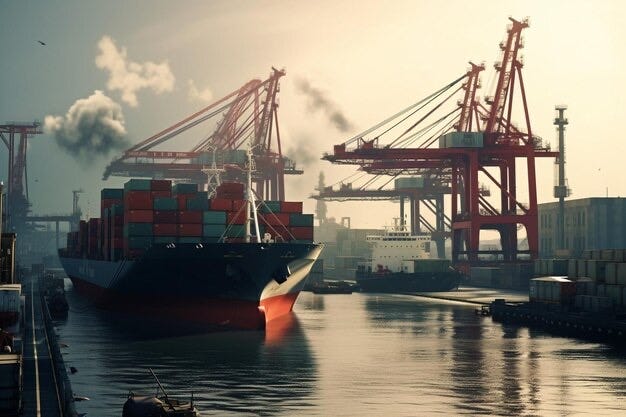In an era when billion-dollar policies are made (and undone) in a tweet, it’s easy to forget that the real power plays are the ones that unfold slowly—calculated, tactical, and often invisible until the impact is undeniable. That’s exactly what’s happening right now as the U.S. and China circle each other again, this time under the polite guise of a trade thaw. But don’t be fooled. Beneath the surface, both governments are buying time—for reshoring, for rearming, and for redirecting global power structures. And if you think this is just a geopolitical chess match, think again. The ripples from this slow-burning standoff are already hitting supply chains, construction timelines, and the very viability of large-scale development projects in the U.S.
Let’s unpack what’s really going on.
Trump wants to rip out the wiring of globalization and rebuild it with American-made parts: rare earths, magnets, chips, critical supply chains—the works. It’s a bold ambition that sounds great in a speech but takes years to pull off. And yet, developers should be paying close attention. If he succeeds even partially, we’ll see a wave of U.S.-based industrial investments, reshoring subsidies, and long-term incentives for onshore manufacturing. For industrial real estate? That’s rocket fuel. For multifamily developers in markets near logistics hubs or advanced manufacturing corridors? It’s the beginning of a new investment thesis.
Meanwhile, China isn’t just sitting still. They’re not playing checkers here—they’re trying to match the U.S. in tech, military capabilities, and economic dominance. Their latest AI push and sneak peeks inside Huawei hardware show they’re closing the gap faster than anyone expected. But on foundational infrastructure—chip design, semiconductors, aircraft—they’re still trailing. That’s why they’re using their near-monopoly on critical minerals as leverage, hoping to force Washington to ease export controls on chips.
That sets the stage for a delicate dance: both sides need each other economically, yet both are working overtime to become less dependent. It’s a paradox that’s reshaping the global trade map in real time—and the fallout lands squarely on the shoulders of investors like us. Expect increased volatility around construction material pricing, longer lead times for everything from EV chargers to HVAC units, and a shift in how we underwrite long-term project costs.
And then there’s Europe. Caught in the middle of a resurgent Russia and a distracted America, European leaders are racing to rebuild defenses while avoiding an economic shock. Putin’s strategy is simple: stall, rearm, and strike later. Intelligence suggests Russia could threaten NATO territory within five years. That has spurred Europe to fast-track military spending—just as budget constraints are biting. It’s a reminder that geopolitical stress doesn’t pause for elections or market cycles, and as capital becomes more cautious, developers should anticipate less cross-border liquidity and more focus on domestic fundamentals.
The real question isn’t what world leaders are doing today—it’s what they plan to do with the time they’re buying. Because once the countdown ends, the reckoning begins. And for those of us building in uncertain times, that means anticipating not just the next rate cut or zoning battle—but the next supply chain chokehold, the next tariff spike, the next global crisis that gets passed down to our pro forma.
Because when governments start playing for time, developers better start preparing for impact.
Want more insight into how these trends are reshaping construction costs, deal flow, and development strategy? Subscribe and stay tuned—tomorrow’s post breaks down the real numbers behind U.S. industrial reshoring and what it means for your next acquisition.
